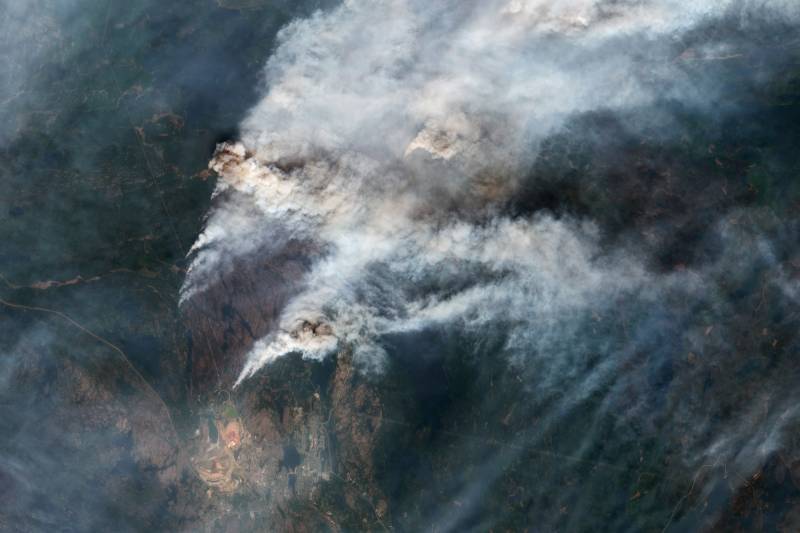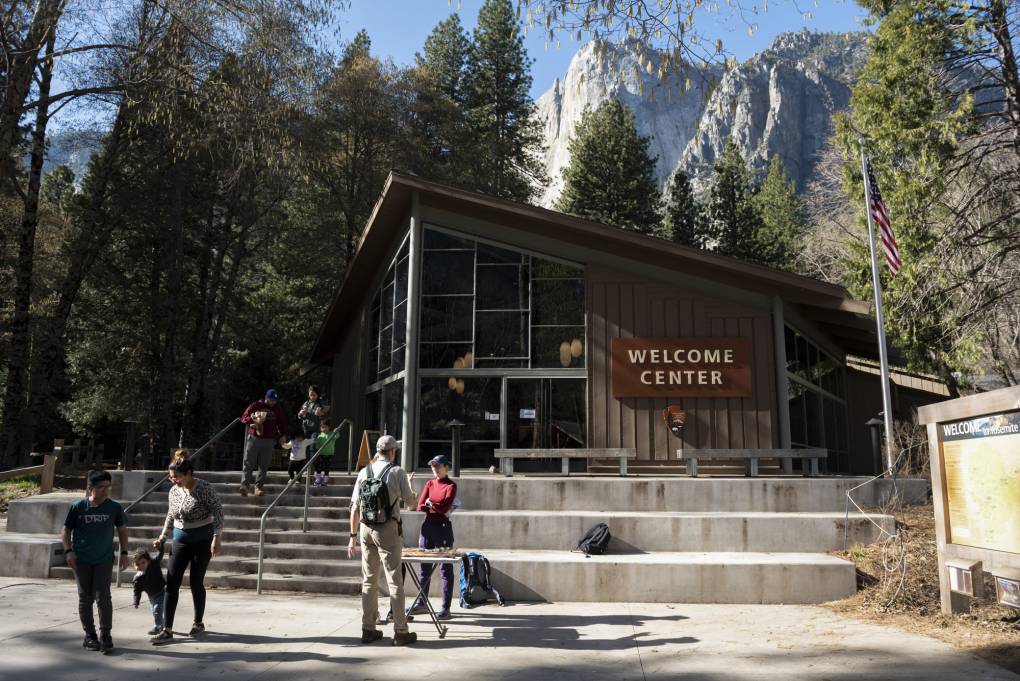Updated 11:15 a.m. Tuesday
If you woke up Monday to a yellow tinge in the sky, only to find fairly normal air quality outside, you aren’t seeing things. Smoke from a series of wildfires ravaging central Canadian provinces has made its way to the West Coast, but its hazardous effects haven’t permeated most of the region’s lower atmosphere.
“Just because we see haze in the air and the visibility might be a little reduced, that doesn’t mean that the air quality at the surface is necessarily degraded,” said Alex Dodd, a meteorologist with the Bay Area Air District.
The agency issued an air quality advisory for wildfire smoke warning of smoky, hazy skies and possibly unhealthy air quality conditions early this week. On Tuesday, it extended the advisory through Wednesday.


